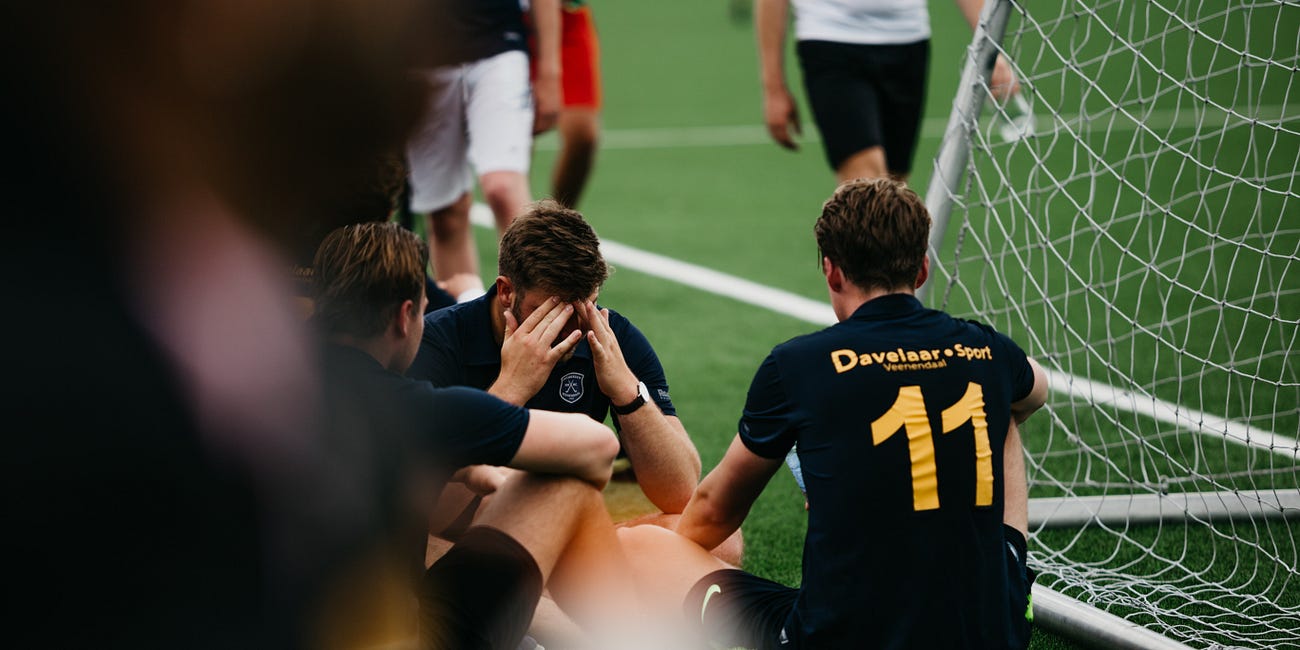TPM #314: Eyes Wide Open?
Widespread dysfunction across youth sport has hit your region. The results are not good for our children’s experience.
Historically, the experience of youth sport have been positive for many. Lifelong friendships, memories, introduction and appreciation for sport and the benefits of an active lifestyle to name a few.
Most proponents of youth sport have had positive experiences growing up. Not everyone was touched obviously, but the coaches that showed me and thousands/millions of others were also impacted in a positive way and decided to pay it forward. For generations.
Something started to happen about 30 years ago. The organic neighborhood opportunities to play started to dry up. The opportunities in schools to do that same also started to disappear.

The consequences?
Well-meaning community leaders stepped in with the good intention of creating positive experiences. However, were ill-prepared with the skills required to move experiences and organizations forward.
As it stands in 2025, most youth sport experiences are only available to those who have the financial means. These opportunities are no longer organic in a small region, but rather very structured across a wider geographical landscape. Billions are spent around youth sport in North America every year.
The financial barriers will grow, as private equity is now looking to the opportunity of youth sport.

What?
Don’t take my word for it. A recent post by youth sport advocate and agent of change Matt Young summarizes the current situation.
It describes the situation with clarity.
The post is shared below and can also be found here.
In a small but passionate corner of community sport, something avoidable is unfolding, something painful. Governing bodies, after years of warnings and goodwill efforts, are now faced with the very real possibility of pulling operating licenses from entire regions. Not because of funding. Not because of lack of interest. But because too many clubs, driven by independence and ego, have diluted the collective benefit that once made the community thrive.
The result?
Fragmentation.
Diminished quality.
A deteriorating player experience.
When offered a chance to unify, protect their licenses and rebuild something stronger together, local leaders, many of whom have been around for decades, refuse to align. Despite clear consequences, groups can not get out of their own way. Responses are familiar: “I’ve been here for 25, 45, even 65 years and I’m not giving up control.”
And so the players suffer.
The families suffer.
The future of sport in the region hangs in the balance.
This story is not unique. It is, in fact, a symptom of a deeper, more widespread dysfunction across amateur sport. Entrenched leadership clinging to legacy power structures, often well-meaning, but increasingly out of touch, standing in direct opposition to the collaboration and modernization required to meet today’s demands.
Meanwhile, the world of sport is transforming, whether local leaders want to acknowledge it or not. The NCAA’s recent House settlement, a long-overdue reckoning after years of lawlessness and chaos over money, is just one of many signs.
That decision didn’t emerge from consensus or vision, it came from pressure, litigation and failure to evolve. That’s not leadership. That’s being forced to change because you refused to lead.
And now, private equity, opportunistic and razor-focused, is circling youth sport like a hawk. Why?
Because dysfunction breeds opportunity.
And when communities can’t organize themselves, someone else will.
But let’s be clear: private equity does not serve the players. It serves shareholders. Return on investment trumps return on development. Profit over people. Data over dignity.
Is that the legacy you want?
To cling to control so tightly that you leave nothing but wreckage behind—forcing the system to burn without you rather than evolve with you? That’s not commitment. That’s sabotage masquerading as loyalty.
We have to name this for what it is: ego-driven obstruction. And it’s not too late. But time is running out.
This is the call: What do you want your legacy to be?
Do you want to be remembered as the generation who built bridges—or the one who burned the last one to the ground on your way out?
Sport will move forward—with or without you. The only question is whether it carries your fingerprints or your ashes.
TPM has shared thoughts and findings from Matt Young and his team before.
Connecting with him and his resources can assist in that legacy question mentioned above.
The Uncomfortable Truth About The Business Of Youth & Amateur Sport.
Editor’s Note: The Physical Movement has profiled the work of Matt Young and his team here. Matt is the founder of Quality Sport Hub whom have worked with multiple organizations including PGA of America & Canada Soccer in supporting their efficiency. He and his team are experienced, capable and bring a direct template …
The Peter Principle Is Alive and Well in Youth Sport. It's Part Of A Process Few Know How To Operationalize. Until Now.
The Physical Movement first met with Matt Young in 2020. Our interview has been one of the most read articles in our newsletters, further confirmation the need for what he and his team have to offer.




